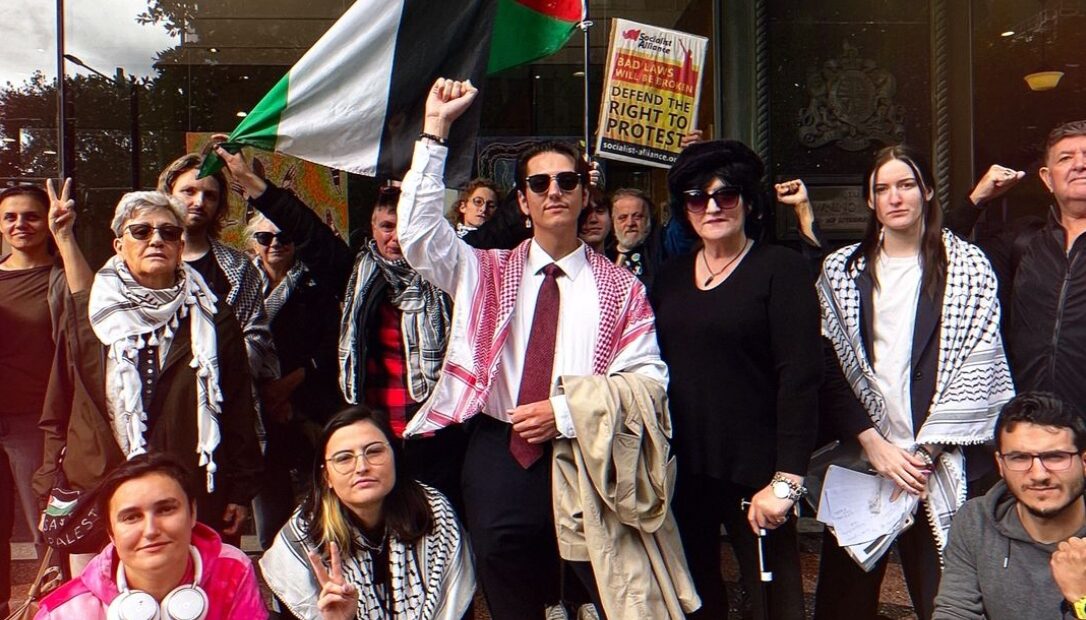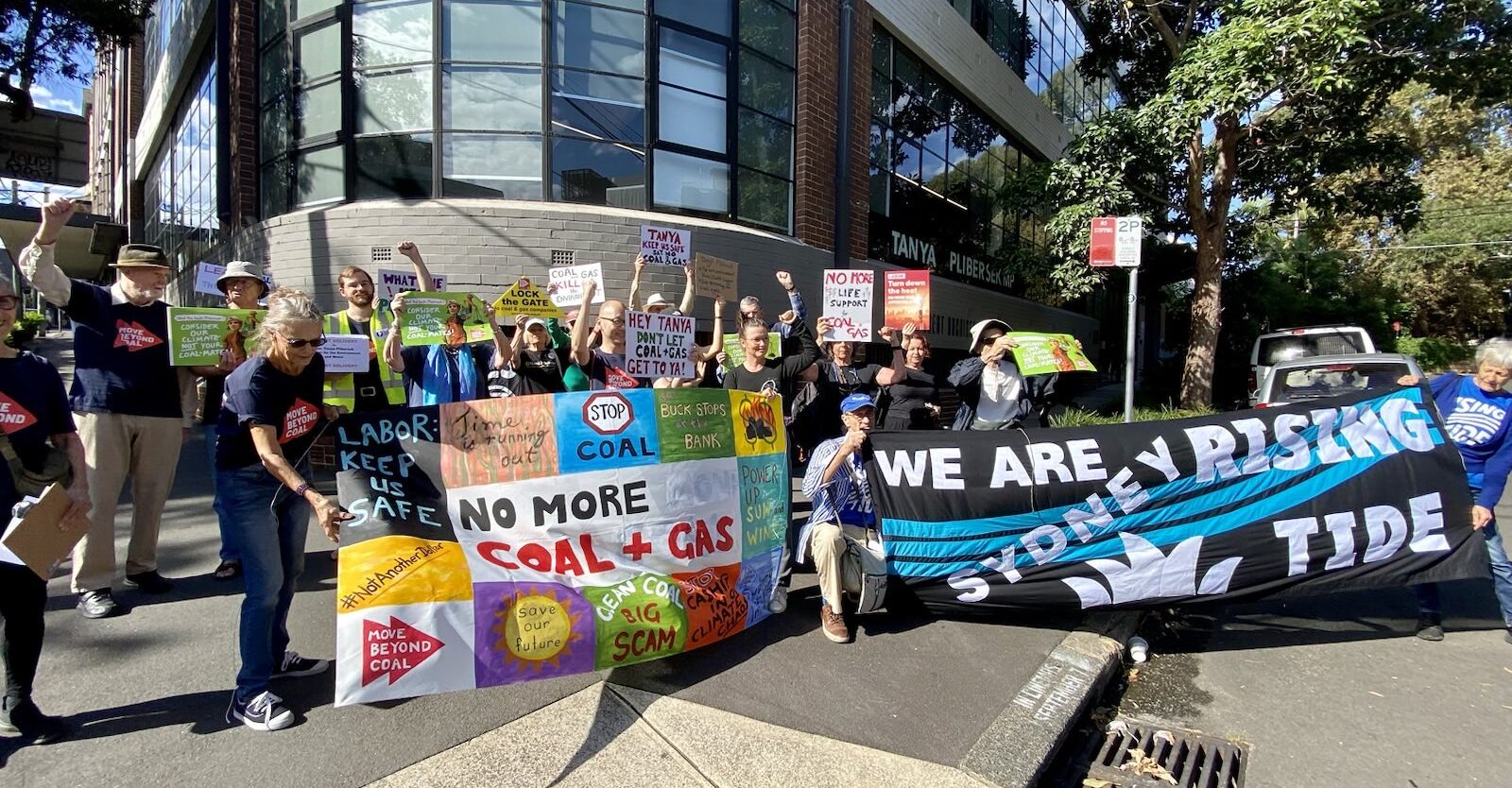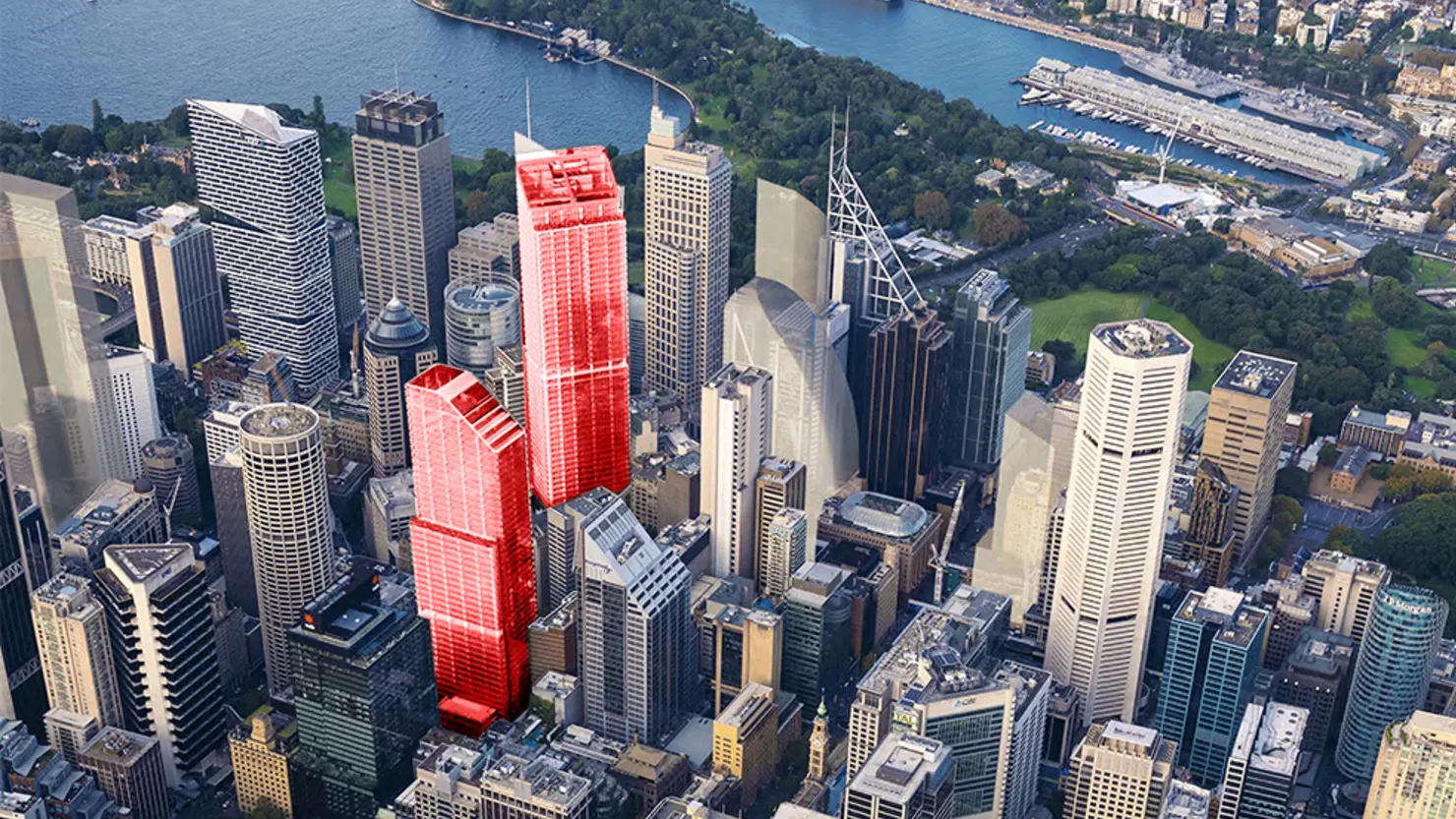
Battle lines redrawn as Waterloo public housing redevelopment continues

BY JORDAN FERMANIS
Last week the City of Sydney Council motioned to grant the Redfern Legal Centre $100,000 over a 24 month period to provide legal resources for tenants in the Waterloo public housing redevelopment.
The motion was passed in a council meeting held on 11th April as the NSW government plans to relocate tenants to make way for the construction of the Sydney Metro project.
A spokesperson from the City of Sydney said: “Council approved financial support of up to $100,000 to the Redfern Legal Centre over the next 24 months to fund tenant support, advocacy and advice services to public housing tenants impacted by the NSW Government’s Sydney Metro project in Waterloo.”
“Redfern Legal Centre will be required to make a submission for the use of the funds, identifying the services to be delivered, costs and performance measures. Regular reporting will also be required as part of the grant agreement.”
The decision to allocate the grant comes almost a year away from the first wave of relocations which are scheduled to begin in mid-2017.
Mary Perkins from Shelter NSW has concerns over the process of relocation which she says lacks proper consultation with tenants.
“They say they will rehouse tenants in the area, but the area has not been defined.”
“There’s no clarity around a process for tenants.” Perkins said.
Perkins also objected to the ratio of public to private housing. The redevelopment of the site is designed to contain 1/3 public housing and 2/3 private housing.
“They say they want a social mix. My comment about social mixes, its a one way street. It seems to always be the areas that poor live are up for social mix but the areas rich people live don’t want poor people. We’re not talking about social mix on the North Shore for example,” Perkins said.
Jacqui Swinburne, Tenancy Coordinator at Redfern Legal Centre says that they welcome the City of Sydney’s decision to award a $100,000 grant.
“We have also been funded by City of Sydney to provide a similar legal support service to the residents being relocated out of Millers Point. As we would not be able to provide the level of assistance required in large scale housing relocations within our core service, we are very grateful to City of Sydney for their continued support.”
Urban Studies lecturer at Western Sydney University Dr. Dallas Rogers says that the state government has adopted the theory that a social mix between public and private housing provides a safer community.
“The ideas that people use to justify these projects are pretty interesting. In the early 2000’s in places like Minto and later in Bonnyrigg, they were using the idea that a concentration of public housing tenants was a bad idea and what we need to do was diversify them. So they introduced private housing.”
This tactic was altered recently in the Millers Point tenancy battle where the high value of the estate land meant that the state government was able to sell the land and use that money to redevelopment other public housing estates across NSW.
The situation in Waterloo is unique due to strong community support to retain the cultural heritage of the area. Dr. Rogers points out,
“There is very strong public housing advocacy voice in Redfern and Waterloo. That’s not just the public housing tenants, it’s private homeowners and non-government organisations that see the value of that place as being very diverse. It’s a very diverse neighbourhood so there’s a value in having diverse forms of housing tenure.”
Dr. Rogers says that the $100,000 grant awarded to the Redfern Legal Centre is an act of support from the council to the tenants.
“The money provides help to the local community to organise and formulate a resistance campaign. It is designed to make sure that the local community gets what it needs out of this development.”
“Affordable housing is being caught up in the redevelopment of Sydney. It’s a battle about keeping affordable housing and cultural and socio-economic diversity in these areas.”









